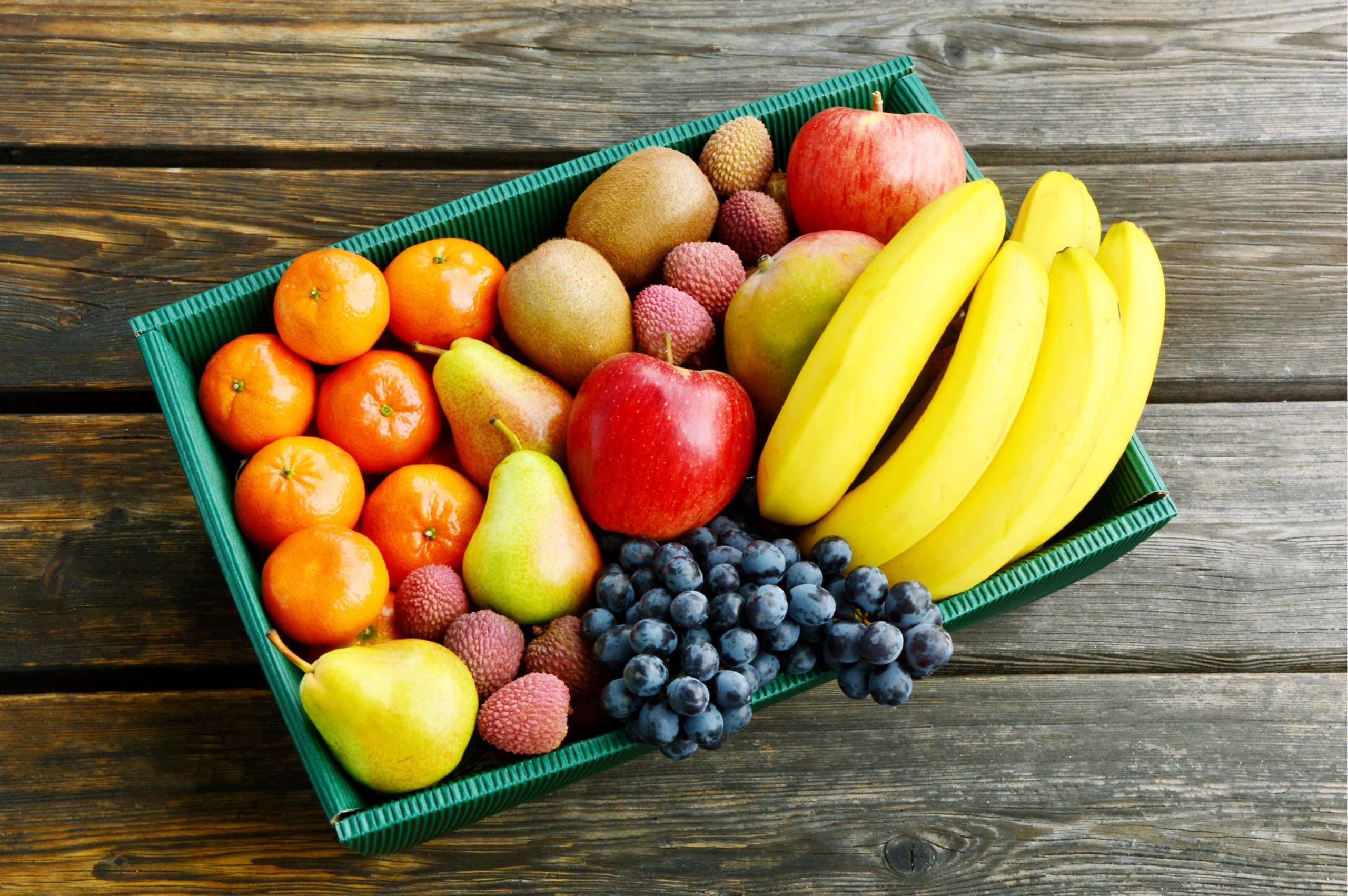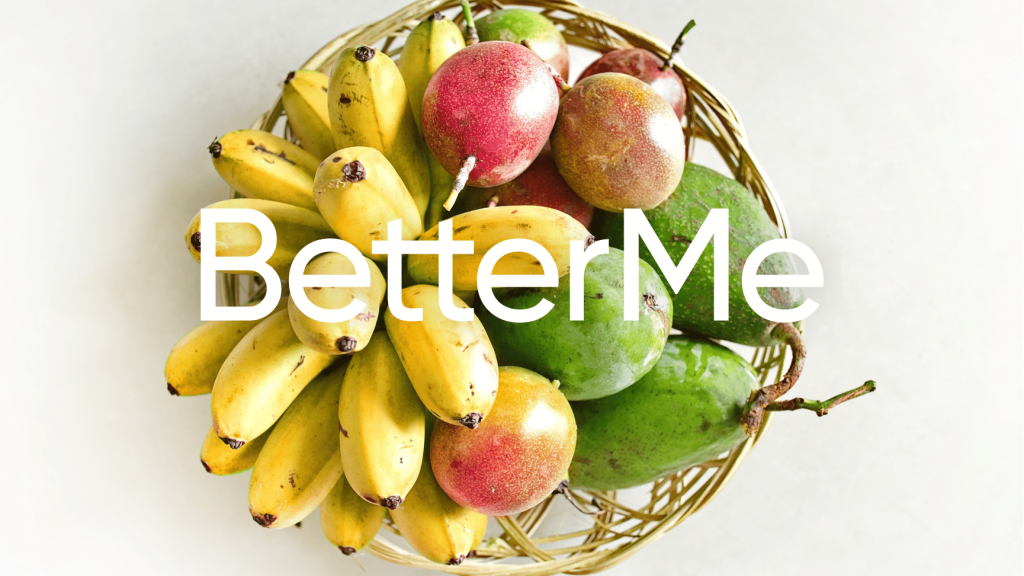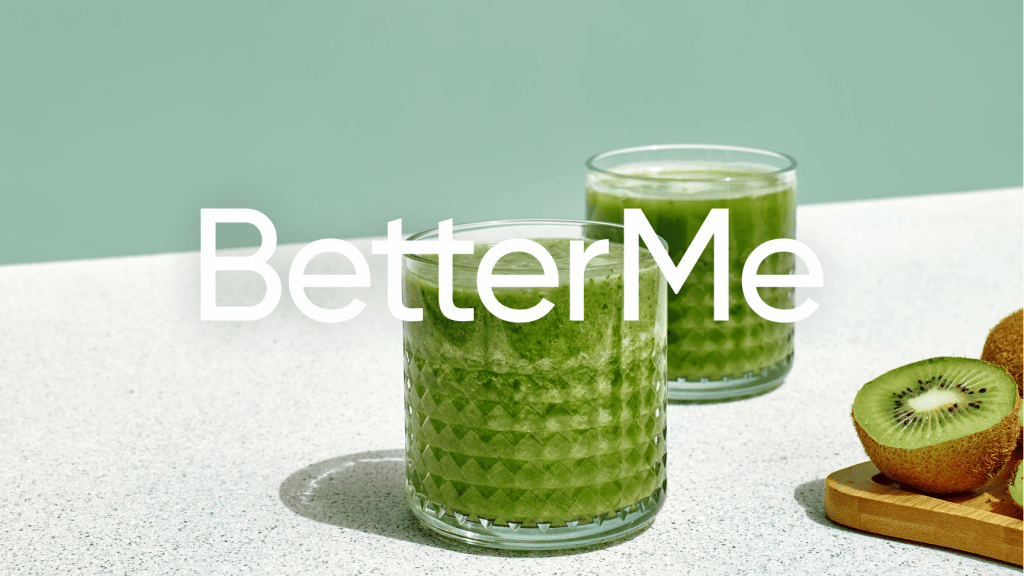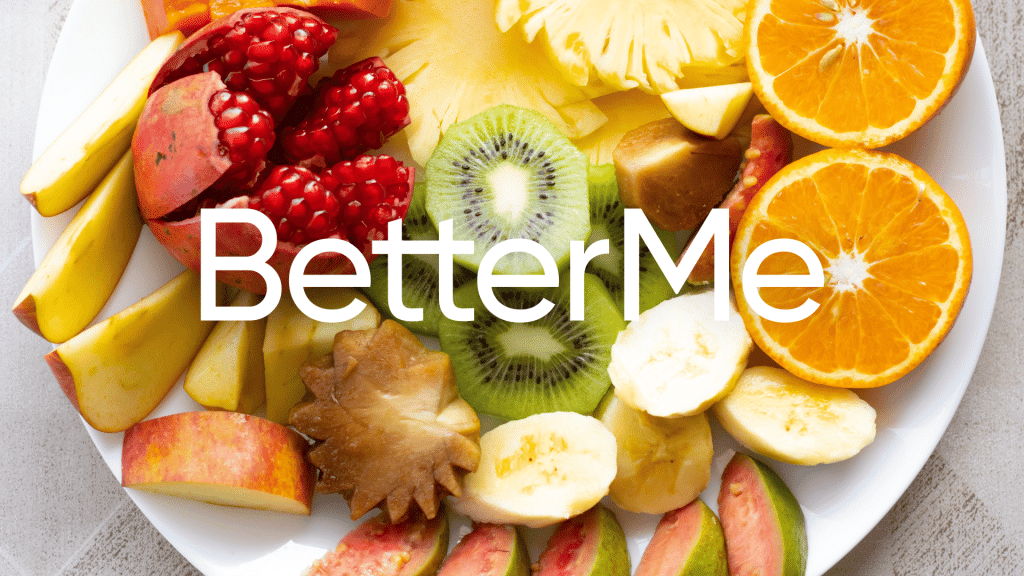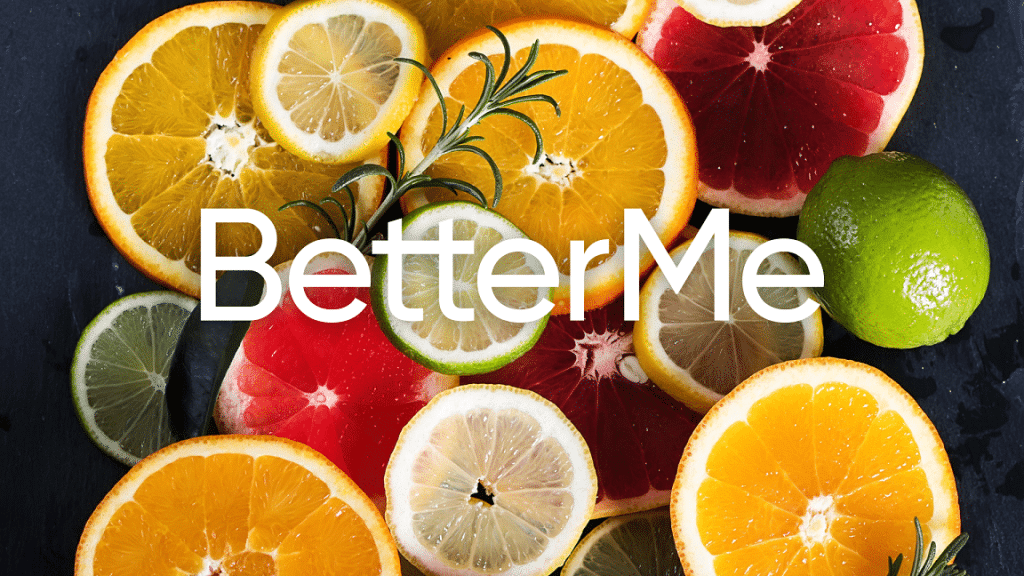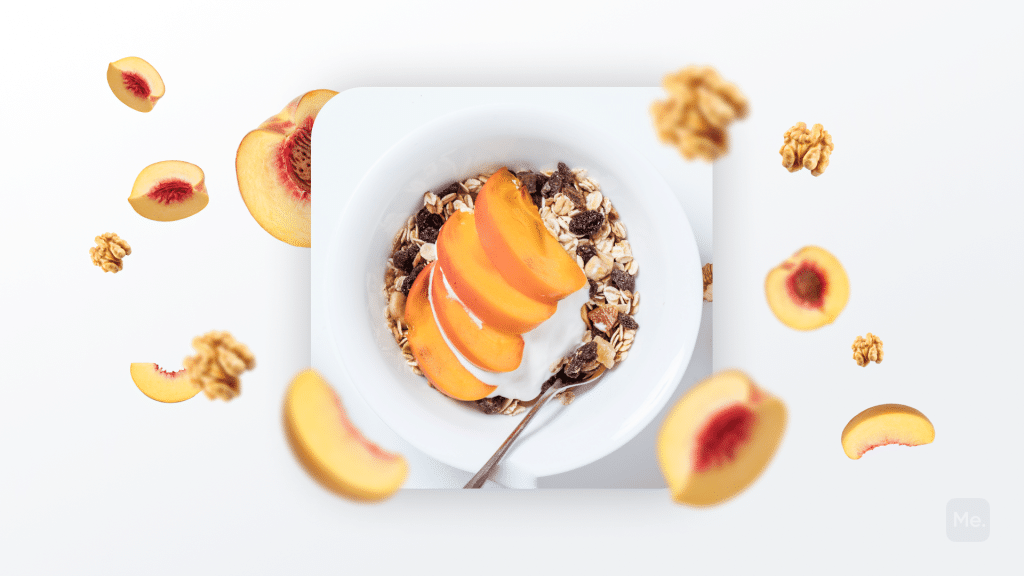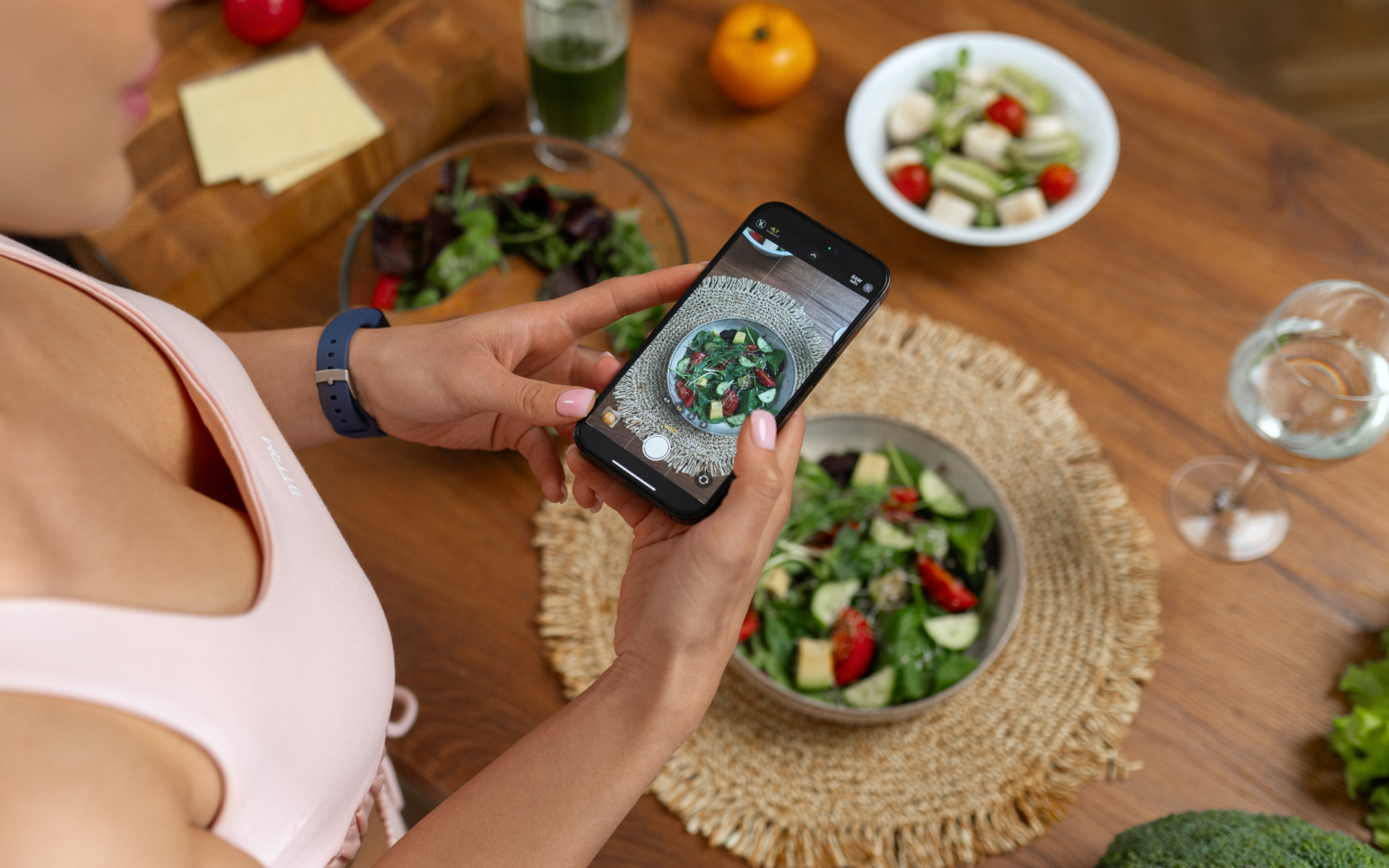The five-a-day recommendation from the World Health Organization (WHO) encourages individuals to consume at least five portions of fruits and vegetables daily as part of a balanced diet. This guideline aims to reduce the risk of chronic diseases such as heart disease, stroke, and certain types of cancer (6). Fruits are an essential component of this recommendation due to their abundance of vitamins, minerals, and antioxidants that contribute to overall well-being (5). Given the extensive variety of fruit types available, it is beneficial for us to explore the nutritional value that different fruits can offer. In this ultimate guide to types of fruits, we will provide a comprehensive overview of various fruit types, focusing on their origins, characteristics, and nutritional benefits. By examining both popular and lesser-known varieties, you will gain a deeper understanding of the nutrient-rich options available to support a healthy diet.
What Are The Types Of Fruit?
Fruits can be categorized in various ways based on their botanical characteristics, culinary uses, and nutritional content. One common method of classification is through their botanical structure and development. In botany, fruits are typically divided into several categories, such as simple fruits, aggregate fruits, and multiple fruits.
Simple fruits develop from a single ovary within a single flower, and they can be further classified into fleshy or dry fruits. Fleshy simple fruits include drupes (e.g., peaches, cherries), berries (e.g., grapes, tomatoes), and pomes (e.g., apples, pears). Dry simple fruits are further divided into dehiscent (e.g., peas, beans) and indehiscent (e.g., nuts, sunflower seeds) types.
Aggregate fruits develop from multiple ovaries within a single flower, resulting in a cluster of small fruits that appear as a single larger fruit. Examples of aggregate fruits include raspberries, blackberries, and strawberries.
Multiple fruits form from the ovaries of multiple flowers that are closely grouped together, eventually merging into a single fruit. Examples of multiple fruits include pineapples, figs, and mulberries.
These botanical classifications may not always correspond with how fruits are categorized in culinary contexts, where fruits are often grouped based on taste and usage, such as citrus fruits, stone fruits, and tropical fruits.
Another way to categorize fruits is based on their nutritional content, which can offer insights into the health benefits they provide and help individuals make informed choices when incorporating fruits into their diets.
Grouping fruits by their nutritional profile allows us to identify those that are particularly rich in specific vitamins, minerals, antioxidants, or other essential nutrients.
Read More: 4 Broccoli Recipes: Healthy And Satisfying Meals For Weight Loss
How Many Types Of Fruits?
It is difficult to pinpoint an exact number of different types of fruit, as there are thousands of varieties across the globe, with new cultivars being developed continuously.
You can view all the types of fruit through botanical classification: simple fruits, aggregate fruits, and multiple fruits. Within these categories, there are several subtypes, such as fleshy or dry simple fruits.
The number of specific fruit names within these types is extensive and ever-evolving, with thousands of fruit varieties available worldwide.
You can also view the types of fruit through culinary classification: citrus fruits, stone fruits, tropical fruits etc. These groups are broad and include many different varieties of fruit within them.
Finally, fruits can be categorized by their nutritional content: those that are high in vitamin C, potassium, fiber, and antioxidants. Again, this list encompasses many different types of fruit, and the variations within each category are vast.
What Are The 5 Main Types Of Fruits?
Grouping fruits by their nutritional profile can help us identify the most nutrient-dense varieties. Here are five of the main types of fruits to include in your diet for a nutrient-packed diet:
- High-fiber fruits: While all fruits contain fiber, these fruits are particularly rich in dietary fiber, which aids digestion, helps maintain healthy cholesterol levels, and supports overall gut health. Examples include apples, pears, raspberries, and blackberries (3).
- Vitamin C-rich fruits: Fruits high in vitamin C are known for their immune-supporting properties and antioxidant content. Citrus fruits such as oranges, grapefruits, lemons, and limes fall into this category, as well as kiwifruit, strawberries, and guava (2).
- Potassium-rich fruits: Fruits with high potassium content can help maintain healthy blood pressure and support proper muscle function. Examples include bananas, avocados, cantaloupe, and apricots (4).
- Antioxidant-rich fruits: These fruits contain especially high levels of antioxidants, which protect cells from oxidative damage and contribute to overall health. Berries like blueberries, cranberries, and goji berries are notable examples, as well as dark-colored fruits such as cherries, grapes, and pomegranates (7).
- Low-calorie fruits: Fruits with lower calorie content can be an ideal choice for individuals looking to manage their weight or control their caloric intake. Watermelon, peaches, and berries are examples of low-calorie fruits (1).
If you wish to free yourself from all the extra pounds that have been weighting you down for way too long, start using the BetterMe app and overhaul your entire life!
What Are The Five Most Popular Fruits?
The popularity of fruits can vary depending on factors such as regional availability and cultural preferences. However, based on global consumption, the five most popular fruits are:
- Bananas: Known for their natural sweetness and rich potassium content, bananas are a convenient and versatile fruit enjoyed around the world.
- Apples: With numerous varieties available, apples are widely consumed for their crisp texture, sweet-tart flavor, and high fiber content.
- Grapes: Eaten both fresh and dried (as raisins), grapes are popular for their juicy sweetness and antioxidant properties. They are also used in winemaking.
- Oranges: As a popular citrus fruit, oranges are valued for their high vitamin C content, refreshing taste, and versatility in culinary applications.
- Strawberries: These sweet, juicy berries are enjoyed fresh or in various dishes and desserts. They are also a great source of vitamin C and antioxidants.
Keep in mind that the popularity of specific fruits may differ regionally, and these rankings can change over time due to factors like seasonality, market trends, and evolving consumer preferences.
Types Of Fruit For Weight Loss
Fruits for weight loss are typically low in calories, high in fiber, and packed with essential nutrients. These fruits help promote a feeling of fullness while providing the body with necessary vitamins and minerals.
Some popular fruits for weight loss include berries (such as raspberries, blueberries, and strawberries), apples, pears, oranges, grapefruits, watermelon, and kiwifruit. However, consuming any fruits as part of a balanced diet can aid in weight management and overall health (1) .
Types Of Fruit Salads
Fruit salads are versatile dishes that combine various types of fresh or canned fruits, often mixed with a dressing or syrup. They can be enjoyed as a healthy snack, side dish, or dessert. Common fruit salad ingredients include apples, grapes, berries, pineapple, melon, and citrus fruits.
The dressing may be a simple mixture of lemon juice and honey or a more elaborate blend of yogurt, herbs, and spices. Fruit salads can be customized to suit individual tastes and dietary preferences, with countless combinations to explore.
Read More: A 2400-Calorie Meal Plan: Stay Healthy And Perky Effectively
Types Of Orange Fruit
Orange fruits refer to a category of fruits that share a similar color and often contain high levels of vitamin C and other antioxidants (2). This group includes not only oranges but also tangerines, mandarins, clementines, and grapefruits.
Each type of orange fruit has distinct characteristics, such as size, flavor, and texture. For example, tangerines are smaller and sweeter than oranges, while grapefruits have a more tart and bitter taste.
Types Of Dried Fruit
Dried fruits are fruits that have had their water content removed, either through sun-drying or using specialized dryers. This process results in concentrated flavors and longer shelf life.
Common types of dried fruits include raisins (dried grapes), prunes (dried plums), apricots, dates, figs, and apples. Dried fruits can be consumed on their own as a snack or added to various dishes, such as baked goods, granola, and trail mixes.They are a more concentrated source of energy than their fresh counterparts, and as a result their serving sizes are smaller by volume.
Types Of Fruit Snacks
Fruit snacks encompass a wide range of products that are fruit-based or fruit-flavored, often designed for convenient on-the-go consumption.
Examples include fruit leather (made from pureed fruit and sugar), fruit bars, fruit gummies, and freeze-dried fruit pieces.
While some fruit snacks contain real fruit and provide nutritional benefits, others may be high in added sugars and artificial ingredients. It is essential to read labels carefully and choose fruit snacks made from whole fruits with minimal added sugars.
Types Of Fruit Smoothies
Fruit smoothies are blended beverages made from fresh or frozen fruits, combined with a liquid base such as milk, yogurt, or juice. They can also include additional ingredients like vegetables, nuts, seeds, protein powder, and sweeteners.
Popular fruit smoothie combinations include strawberry-banana, mixed berry, mango-pineapple, and green smoothies incorporating spinach or kale. Fruit smoothies can be a nutritious and refreshing way to consume a variety of fruits and other healthy ingredients, contributing to a balanced diet.
How Many Types Of Fruits A Day?
It is recommended to consume a variety of fruits daily as part of a balanced diet. According to the United States Department of Agriculture (USDA) and the Dietary Guidelines for Americans, adults should aim for 1.5 to 2 cups of fruit per day, depending on age, sex, and level of physical activity (5).
This can be achieved by incorporating different types of fruits throughout the day, such as whole fruits, fruit salads, smoothies, or dried fruits in moderation. Consuming a diverse range of fruits ensures that you receive an array of essential vitamins, minerals, and antioxidants for optimal health.
Yanking yourself back in shape has never been so easy with our game-changing fitness app! Start transforming your life with BetterMe!
FAQ: Frequently Asked Questions About Types Of Fruit
Q: How Many Types Of Fruit Are There?
A: There are three main categories of fruit types based on their botanical classification: simple fruits, aggregate fruits, and multiple fruits. Within these categories, there are several subtypes, such as fleshy or dry simple fruits.
However, it is important to note that the number of specific fruit names within these types is extensive and ever-evolving, with thousands of fruit varieties available worldwide.
Q: What Types Of Fruit And Vegetables Are There?
A: Fruits can be classified into categories such as simple fruits, aggregate fruits, and multiple fruits. Within these groups, there are various subtypes like berries, drupes, and pomes.
Vegetables are often grouped based on the plant part they come from, such as root vegetables (carrots, beets), leafy greens (spinach, kale), and cruciferous vegetables (broccoli, cauliflower).
Both fruits and vegetables offer a wide range of flavors, textures, and nutritional benefits, making them essential components of a healthy diet.
Q: How Much Fructose Is In Different Types Of Fruit?
A: The amount of fructose in fruits can vary depending on the specific type of fruit and its ripeness. Some fruits have higher fructose content, such as apples, pears, and mangoes, while others like berries, citrus fruits, and melons generally have lower levels of fructose.
It is essential to consume a variety of fruits for a balanced intake of natural sugars, vitamins, and minerals. If you have concerns about fructose intake, it is advisable to consult a healthcare professional or registered dietitian for personalized recommendations.
Conclusion
The Ultimate Guide to Types of Fruit provides an in-depth exploration of the diverse world of fruits, covering everything from their botanical classifications to their nutritional benefits. By understanding the different types of fruits and their unique properties, you can make informed choices when incorporating these nutrient-rich foods into your daily diet.
Whether you’re looking for weight loss-friendly options, ideas for fruit salads, or ways to incorporate more fruit into your meals, this guide will help you navigate the vast array of fruit varieties available and enjoy all the flavors and health benefits they have to offer.
DISCLAIMER:
This article is intended for general informational purposes only and does not serve to address individual circumstances. It is not a substitute for professional advice or help and should not be relied on for making any kind of decision-making. Any action taken as a direct or indirect result of the information in this article is entirely at your own risk and is your sole responsibility.
BetterMe, its content staff, and its medical advisors accept no responsibility for inaccuracies, errors, misstatements, inconsistencies, or omissions and specifically disclaim any liability, loss or risk, personal, professional or otherwise, which may be incurred as a consequence, directly or indirectly, of the use and/or application of any content.
You should always seek the advice of your physician or other qualified health provider with any questions you may have regarding a medical condition or your specific situation. Never disregard professional medical advice or delay seeking it because of BetterMe content. If you suspect or think you may have a medical emergency, call your doctor.
SOURCES:
- 7 Fruits That Can Help You Lose (or Maintain Your) Weight (2016, keckmedicine.org)
- Citrus (2023, fao.org)
- Chart of high-fiber foods (2021, mayoclinic.org)
- Foods high in potassium (2021, healthdirect.gov.au)
- Fruits (2020, myplate.gov)
- Healthy diet (2020, who.int)
- HEALTH BENEFITS OF BERRIES (2007, oregonstate.edu)
